Birkenhead 5
| Birkenhead North by Jayne Phennah |
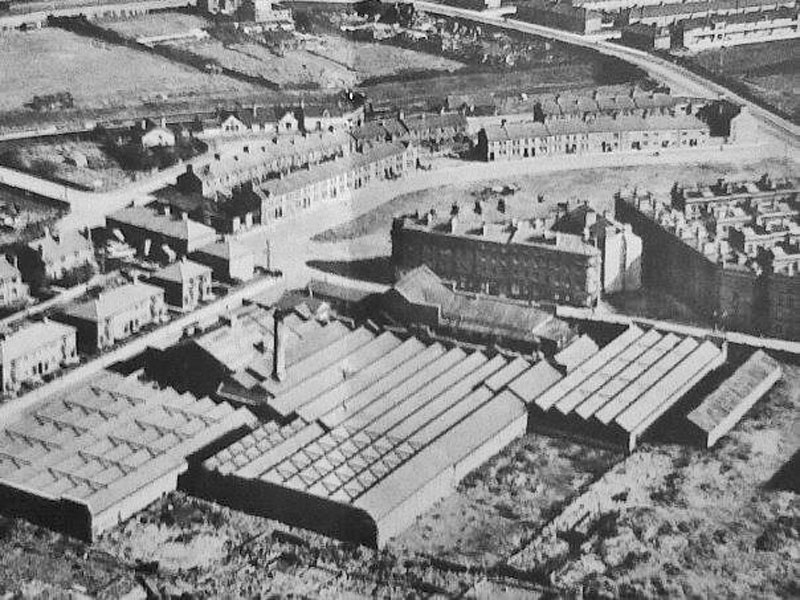 early 1900s |
|
How it all began The foundations for the docks were laid in 1844. At the time there was nothing in the area, apart from farms and farmland, the nearest building was Toad Hole farm, which was situated opposite Flaybrick cemetery. But originally this area was called Flaybrick Hill Common, which became a quarry before it was a cemetery. From researching this area, I believe that a rail track was laid to transport stone from the quarry area. But there are no plans to tell me where this track was. I have been researching for some time and I think it came from the quarry through an arch way half way along the nanny goat mountains and ran towards St James Church, although the church wasn't built yet, I think it was below the church, then ran towards Tyrer St, then through what is now Birkenhead North station, to the Wallasey Pool. My reason for thinking this is that, a few years ago the road collapsed outside the church and I have heard that the end houses on Tyrer St had subsidence hence the way i think they ran. A clever idea as stone is pretty heavy. |
|
A horse would have been necessary to pull truck back up the hill to reload the stone. This stone was used to infill the dock wall behind the giant blocks of granite. The rail track has long disappeared but who made it?? I'm thinking Thomas Brassey. He came to Birkenhead at the age of 16, around 1821. He was working with a surveyor and land agent called Mr Lawton, who was employed by Mr Price, who owned the land. Thomas Brassey was assigned to Birkenhead, an up and coming industrial town. He controlled brickworks, quarries and blacksmith shops. It makes sense as Thomas Brassey went on the construct 1,900 miles of railway all over the world, his specially was railways, tunnels etc, so maybe he did but we will never know as there is no documentation. |
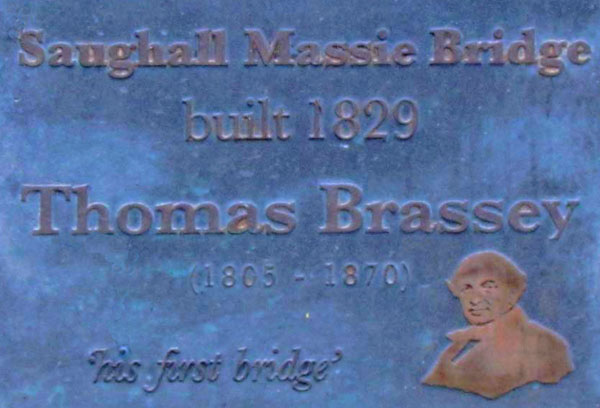 Thomas Brassey |
|
The Dock Cottages/ Queens Buildings were built in 1844 to 47 for employees working on the New docks at Birkenhead. Now you may be thinking of a quaint looking cottage but no, these were flats/ apartments. Three storeys high. This is the start of a community who looked out for each other as if they were family, everyone who was female was your aunty! The young lads from the dock cottages where said that if a girl from the dock cottages started courting a boy, the lads chaperoned them on dates, making sure the lad was suitable to go out with a Dock Cottage girl. |
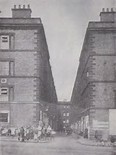 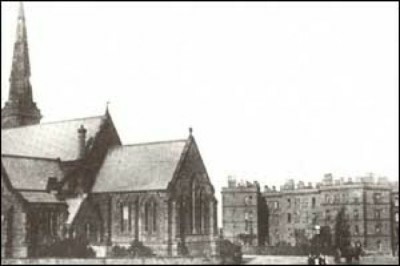 Images: Jayne Phennah |
|
The kids played games called Huckney, which is basically leapfrog. Leavo was another game that was played on the flat roofs of the dock cottages. Leavo is hide and seek in simple terms. Diablos,a favourite toy of 2 sticks, some string and a bobbin. Marbles were also played. All the dock cottage kids learnt to ride a bike, on the mid wife's bike, as she must of been a constant presence, no contraceptives back then. The midwife was called Granny Sherlock. |
|
Swimming or should I say learning to swim back then, was a passing out test. You had to swim from Birkenhead side over to the orchard wall on the Poulton side and back again. The kids also played in the 'oller/ hollow, an small quarry between Tyrer St and Stewart street, which are both now gone. On the corner was the pub, the New Dock Hotel or Blood tub but was originally called the Blood House. I have been thinking about this and down the end of Ilchester road where it meets Beaufort road, was the knackers yard. For old horses or horses that brought here after being found in the road. A slaughter house. But every part of the horse was put to good use, even making glue as part of the production. I believe the area was very smelly down here due to carcasses piled up. Sorry, gone off on one, back to the pub, so I'm thinking it was either the workers from the slaughter house that came here to drink or it was the bare knuckle fists that regularly occurred. |
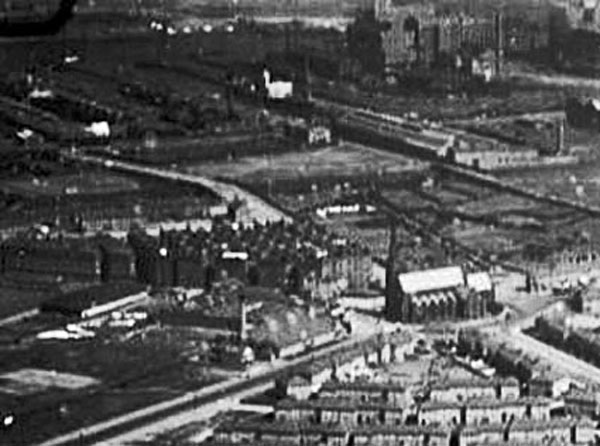 |
| If you were hard up, if you were hungry, you could get a meat pie and pies on a saucer. They called it 'gags'. For those lucky people who could buy a treat. A Johnny Doyle 'starver' was a favourite, today we call it an ice bun, yum, pie and peas and an iced bun, happy days!!! |
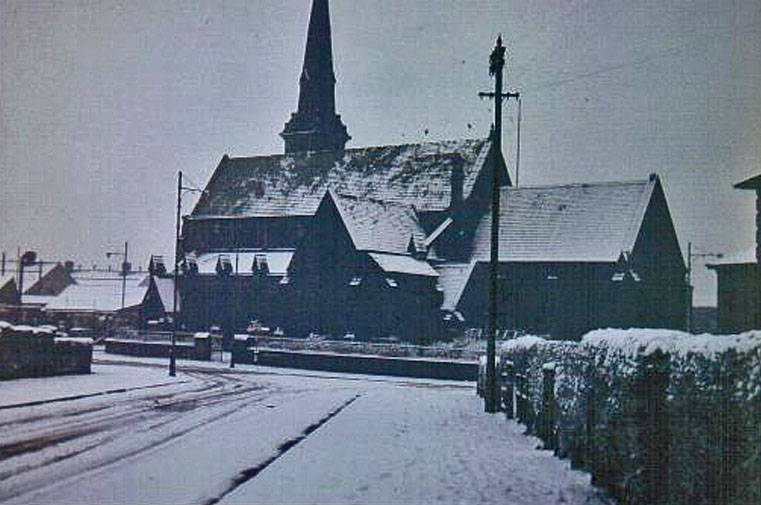 1955 |
 The bottom of the map was Claughton cum Grange. Image: Jayne Phennah Birkenhead Bombs |
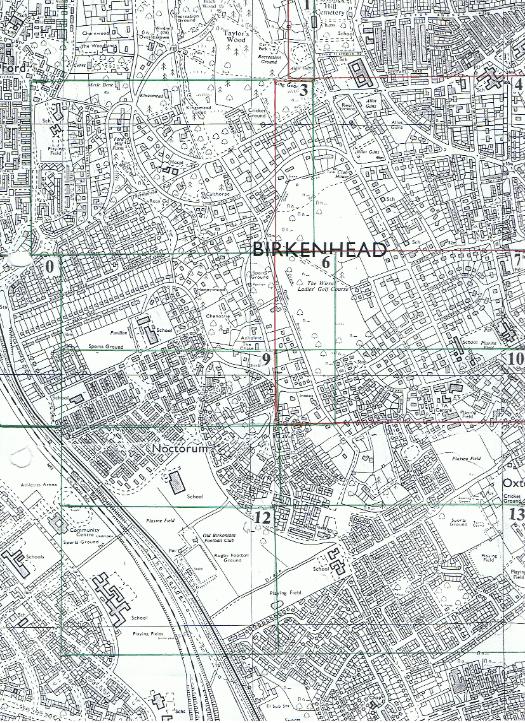 Merseyside Blitz 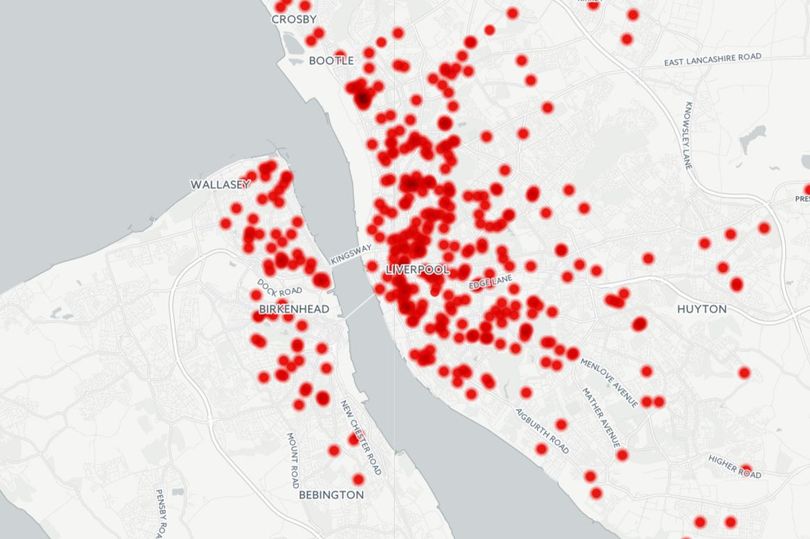 |
|
Footnote: Thomas Brassey built the bridge at
Saughall Massie
where a plaque and information board now
stands. First published on https://www.facebook.com/groups/235781049850134/ (Birkenhead) by Jayne Phennah. |